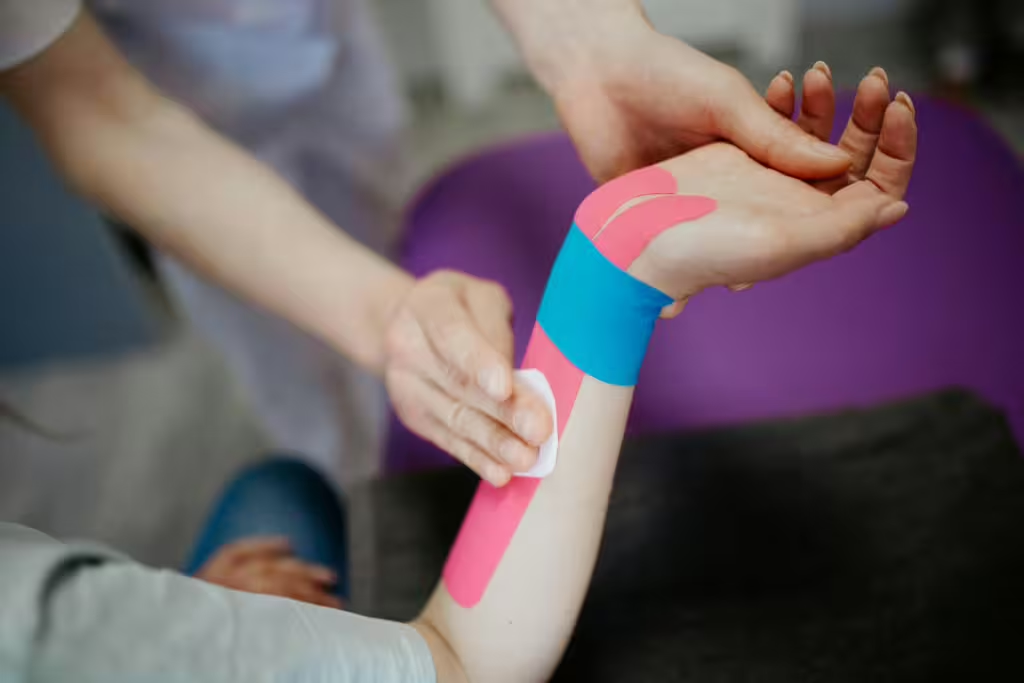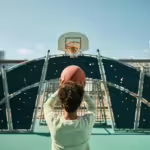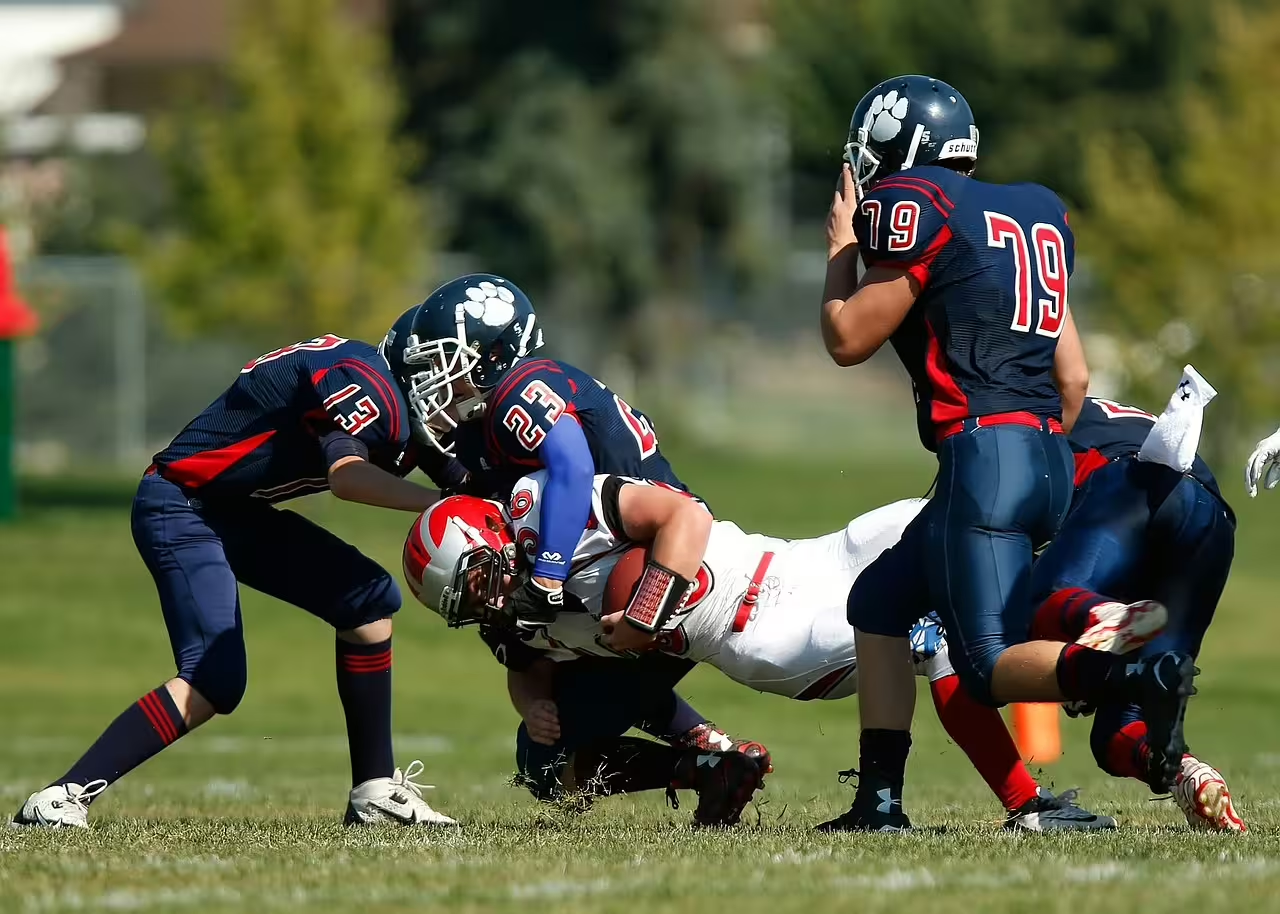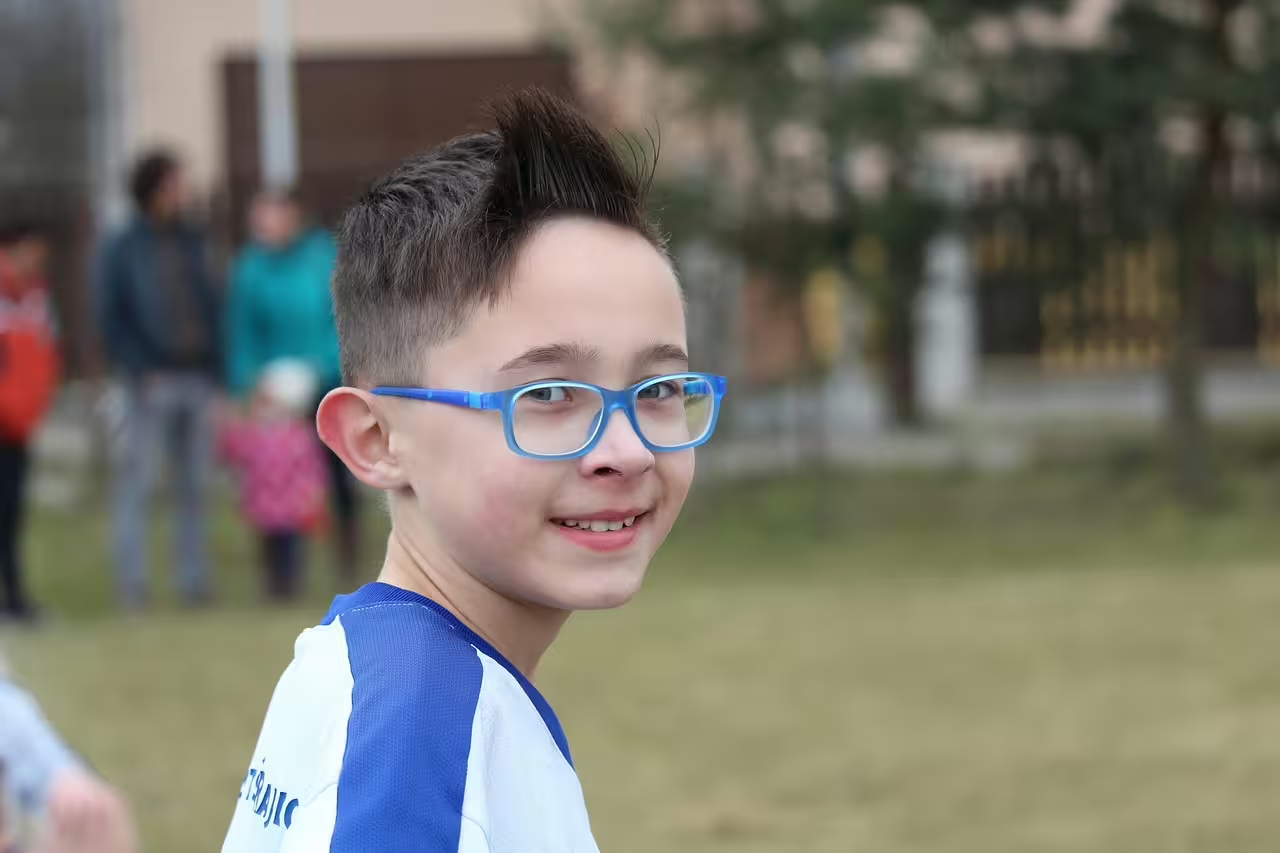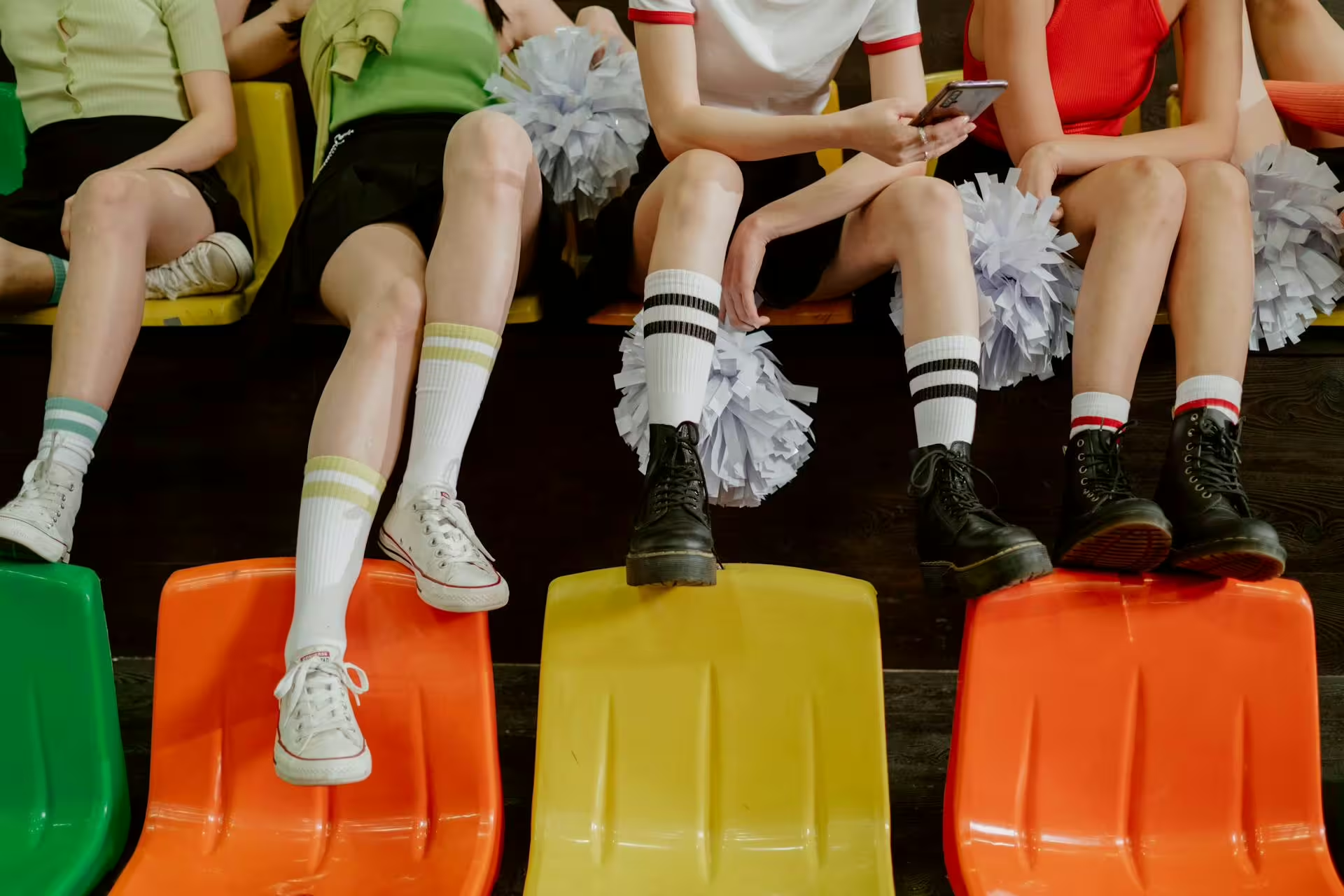At Cultured Athlete, we understand how important youth sports are to a child’s development. Playing sports give kids a chance to develop a physical fitness routine and a baseline of physical wellness that can lead them all the way to adulthood. Sports allow children to socialize, to enhance their teamwork and communication skills, and improve their confidence. However, just like any other physical activity, there is a certain risk of injury. As parents, none of us wants to see our children hurt, especially when they are supposed to be doing something they enjoy.
That is why it is so crucial for us to understand what we can do to prevent injuries and manage our child’s recovery if those injuries do occur. In this article, we will hopefully equip parents with the practical knowledge they need to ensure that their children can enjoy sports safely. We will discuss common injuries and their causes, as well as the most effective ways to deal with them.
Common Sports Injuries in Kids

Before diving into the prevention of injuries and the recovery process, it’s important that parents learn to recognize the most common types of sports injuries in children:
Sprains and Strains
- Sprains: Sprains are injuries that affect ligaments. They are most often caused by overstretching or tearing.
- Strains: The difference between these two types of injuries is a bit confusing but the difference is that strains affect muscles or tendons, rather than ligaments. These injuries usually come from overstretching or overuse.
Fractures
- Fractures are serious injuries involving the bones themselves. Most broken bones occur when players fall or during direct impacts during play.
Overuse Injuries
- Muscles are not invincible and beyond merely becoming tired from overuse, repetitive motions over time can lead to stress fractures, tendonitis, or growth plate injuries in younger players.
Concussions
- Many sports feature helmets and other contrivances meant to protect an athlete’s head, but injuries can still occur. Concussions are fairly common and are often the result of falls, collisions, or being hit by equipment.
Knee Injuries
- The most common knee injuries include patellar tendonitis, ACL tears, and meniscus injuries.
Dislocations
- This last injury is quite common in contact sports. It usually happens when joints, such as shoulders are accidentally forced out of position.
Common Causes of Sports Injuries in Kids and Teens
Several factors contribute to the occurrence of sports injuries in young players, ranging from developmental issues to in game accidents, and in some cases, even environmental influences.
Overuse Injuries
Overuse injuries are among the most common types of injuries for young athletes. These injuries generally occur when a child or teen repetitively stresses a particular part of the body. That is not to say using their legs or pitching with their right arm can always cause injury, but without giving those muscles sufficient rest, overuse injuries have been known to occur.
The reason that this type of injury is so concerning is that, since kids are still in their developmental stages, their muscles, tendons, and bones are more susceptible to damage from repetitive movements. In fact, overuse injuries like tendinitis or stress fractures are known to affect young athletes who specialize in one sport year-round; which is why we have often spoken about why it is good for kids to try out multiple sports.
Sports like baseball, gymnastics, and soccer tend to require repeated motions (such as pitching or jumping), so kids who play those sports and those sports alone, are especially prone to overuse injuries. Cross-training and breaks are the best way to avoid this injury, as can instructing young athletes on proper training techniques.
Inadequate Training and Technique
In the beginning, it’s often hard for kids to grasp the vagaries behind certain training and techniques. Most of the time, youth sports is about trial and error, and just having fun, so these things matter a little less. Nevertheless, as a player grows, getting down the proper technique becomes more and more important to their skill development, success, and safety.
Improper technique and inadequate training can be major causes of sports injuries in kids and especially in teens. Young athletes that fail to master the fundamental skills and techniques required for a particular sport, are far more likely to sustain injuries than those that have learned to do things properly. Whether it’s improper running form, poor posture during lifting, or incorrect tackling, mistakes can be injurious to both the athlete in question and anyone they happen to collide with.
At the same time, improper technique can place undue stress on joints, muscles, and bones. This is why parents, coaches, and trainers should always emphasize proper technique early on. In this way, they are able to ensure that athletes have a solid foundation to build upon, before increasing the intensity of their training.
There is an additional danger to consider when it comes to inadequate training, as well. Athletes who are not properly trained in the technique of their chosen sport can wind up being unprepared for the actual, physical demands of that sport. Strength, flexibility, and endurance training are critical components of any sport and all of them can aid in injury prevention. You might be wondering why this is, but without proper conditioning, muscles and joints may not be able to handle the strains placed on them during vigorous physical exercise.
Growth-Related Factors
Children are always growing, as they do, their bodies go through rapid, often unexpected changes that can increase their risk of injury. Growth spurts are quite common during adolescence, and aside from being an emotional rollercoaster for parents, these rapid changes can often lead to temporary imbalances in strength and flexibility.
We’ve all been treated to the terrifying picture of a child’s skull filled with permanent and baby teeth, well, there are plenty of other frightening facets that come along with with a child’s growth. For example, did you know that bones may lengthen during a growth spurt, but that they sometimes grow faster than the muscles and tendons attached to those bones? Though uncommon, the result of circumstances like these is that they can create increased tension and make certain areas more vulnerable to injury.
Growth plate injuries are another pretty big concern for kids and teens. Growth plates are areas of developing cartilage located near the ends of bones, and they are far more vulnerable to injury than fully developed bone tissue. When kids are in this period of rapid growth, injuries to the growth plates can be especially dangerous. Such wounds run the risk of disrupting the bone’s normal growth, which can then lead to long-term issues if the injury is improperly treated.
Insufficient Safety Gear and Equipment
This should go without saying, but kids and teens need to play and practice in proper gear. That should be a given, people! Be that as it may, a lack of proper protective gear is yet significant contributor to youth sports injuries. Football, hockey, field hockey, and cycling, are all sports where kids are particularly prone to collisions and falls. These sports all require specific gear in order to minimize the risk of injury.
Some examples are helmets, mouthguards, pads, and proper footwear; all of which are essential for protecting young athletes from impact-related injuries. Also, bear in mind that ill-fitting or worn-out equipment may fail to offer the necessary protection to young athletes. These cases tend to be more surprising as we imagine that a kid wearing their gear will be safe, but we must always make sure that gear is in good condition and fits properly.
Environmental Factors
When we mentioned the environment earlier, we weren’t talking about the ecosystem, we were discussing the physical playing space on which the athletes game. The playing environment can play a significant factor in the occurrence of sports injuries. Poor field conditions, such as uneven surfaces or hard ground, can increase the risk of common injuries like ankle sprains, falls, and joint injuries.
Additionally, the presence of extreme weather conditions, such as excessive heat or cold, can also lead to heat-related illnesses or hypothermia. This is why it is important for parents and coaches to make proper judgement calls based on the playing environment and weather, before they have the athletes engage in play. At the same time, it is important to ensure that fields and courts are well-maintained prior to any games or practices.
Prevention: Keeping Injuries at Bay
Well, we know understand how injuries happen, but how do parents prevent them from occurring? Preventing injuries begins with proper preparation and safe practices. Here are a few key strategies parents and coaches can use:
Proper Warm-Up and Cool-Down
- Why it matters: Warm muscles are less prone to injury, so it’s important kids stretch and warm things up before any physical activity.
- How to do it: Encourage your kids to do a 10-15 minute warm-up that includes light aerobic activity and dynamic stretching. Cool down after the workout with static stretches to further improve overall flexibility.
Appropriate Gear
- Fit and Function: Parents should ensure that their child wears sport-specific protective equipment like helmets, pads, and proper footwear.
- Maintenance: Remember to take good care of sports gear and teach kids to do the same. Parents should regularly inspect gear for wear and tear, as well as trying it on often to ensure it still fits the child properly.
Skill Development
- Training: Coaches need to focus on teaching proper techniques in order to minimize risk.
- Supervision: Make sure you keep an open dialogue with your child’s coach and voice concerns if you have any. Always ensure your child is being coached by qualified individuals who prioritize safety, even over victory.
Avoid Overtraining
- Rest: As parents, we need to recognize when our child needs rest. If they look like they are struggling, it might be a good time to limit practice and games to avoid burnout and overuse injuries. If you are unsure, you could try to follow the 10% rule: which involves increasing activity levels by no more than 10% per week.
- Cross-Training: Parents should feel free to encourage their children to participate in multiple sports to avoid repetitive stress on specific muscles or joints.
Nutrition and Hydration
- Fuel Up: We parents need to be sure to provide our children with a balanced diet rich in protein, carbohydrates, healthy fats, vitamins, and minerals. These food and nutrients will support growth and recovery in young kids and growing teens.
- Stay Hydrated: Keep em’ hydrated! Remember, dehydration can lead to muscle cramps and fatigue. Teach children to drink water before, during, and after physical activity.
Regular Medical Checkups
- Parents should make certain to schedule annual sports physicals to ensure their child’s body is ready for the demands of their chosen sports activities.

Recognizing Injuries: When to Seek Help
Strange as it may sound to a concerned onlooker, not all injuries are immediately obvious to the naked eye. Heck, some injuries aren’t even immediately obvious to the injured athlete! This is why parents need to be vigilant and keep watch for signs that their child may need medical attention:
Visible Deformities: Swelling, bruising, or bones appearing out of place.
Pain and Swelling: Persistent or worsening pain, especially with movement.
Reduced Mobility: Difficulty using or moving a limb.
Behavior Changes: Irritability, lethargy, or complaints of headaches after a fall may indicate a concussion.
Inability to Bear Weight: Limping or inability to stand on an injured leg.
When in doubt, there is no reason not to consult a pediatrician or sports medicine specialist. Even if you’re mistaken, you’ll be relieve to have ruled out any serious conditions.
Recovery: Helping Your Child Heal
If an injury does occur, proper recovery will be essential to prevent any unwanted complications. The better the recovery, the quicker the child will be able to ensure a return to play. Here’s how parents can support their child’s healing process:
Immediate Care (R.I.C.E.)
- Rest: Avoid activities that may worsen the injury.
- Ice: Apply ice packs for 20 minutes at a time, several times a day, to reduce swelling.
- Compression: Use an elastic bandage to support the injured area.
- Elevation: Keep the injured area above heart level to minimize swelling.
Follow Medical Advice
- Never stray from the doctor’s orders, no matter how “certain” you think you are. These people are professionals and it is in the child’s best interests that parents adhere to the treatment plan provided by healthcare professionals, including prescribed physical therapy or medication.
Physical Therapy and Rehabilitation
- Parents should always work with their child’s physical therapist to help rebuild their kids’ strength, mobility, and flexibility. This step is crucial for avoiding re-injury.
Gradual Return to Play
- Don’t rush things! You need to allow time for a full recovery before having your kid resume sports. A premature return can lead to further injury.
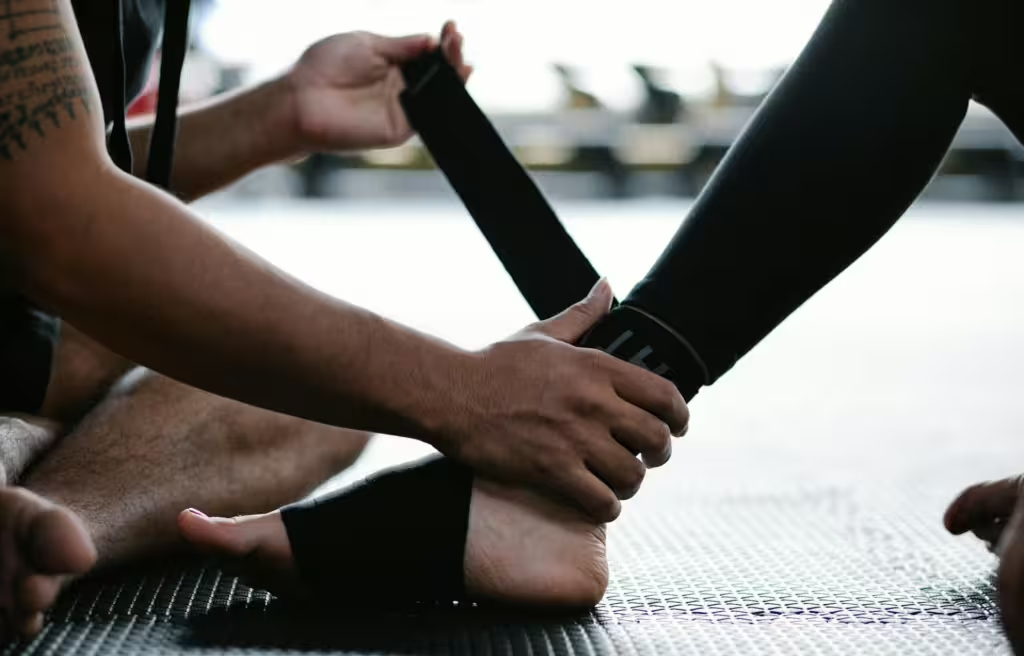
Psychological Support
- Injuries can be emotionally challenging for parents but they are much more so for the injured kids themselves. Parents should feel free to encourage open communication and reassure them that setbacks are only a small part of the process.
Cultured Athlete Says…
As you can see, youth sports injuries might be an unfortunate reality, but they are not the end of the world. Indeed, with the right strategies, many such injuries can be prevented or managed effectively. Thus, by prioritizing preparation, recognizing warning signs, and fostering a supportive recovery environment, parents can help their young athletes succeed and stay safe at all times.
Discover more from CulturedAthlete
Subscribe to get the latest posts sent to your email.

